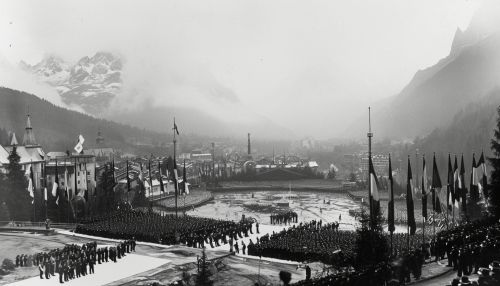History of the Winter Olympics
Origins and Early Years
The Winter Olympics, also known as the Winter Olympic Games, are a major international multi-sport event held once every four years. The first Winter Olympics, officially known as the I Olympic Winter Games, took place in Chamonix, France, in 1924. The original sports were bobsleigh, curling, ice hockey, Nordic skiing, and figure skating. The Games were held every four years from 1924 until 1936, after which they were interrupted by World War II.


Post-War Era
The Winter Olympics resumed in 1948 with the V Olympic Winter Games in St. Moritz, Switzerland. The post-war era saw the addition of several new sports to the Winter Olympics program, including alpine skiing and speed skating. The Games continued to be held every four years, with the exception of the 1960 Winter Olympics in Squaw Valley, United States, which were the first to be televised.
Expansion and Modernization
The Winter Olympics experienced significant growth and modernization in the second half of the 20th century. The Games expanded to include new sports such as luge, biathlon, and short track speed skating. The Winter Olympics also began to incorporate more technology, with the introduction of artificial ice rinks and snow-making machines.
Recent Developments
In recent years, the Winter Olympics have continued to evolve, with the addition of new sports such as snowboarding and freestyle skiing. The Games have also become more inclusive, with the inclusion of more events for women and the introduction of the Paralympic Winter Games.
